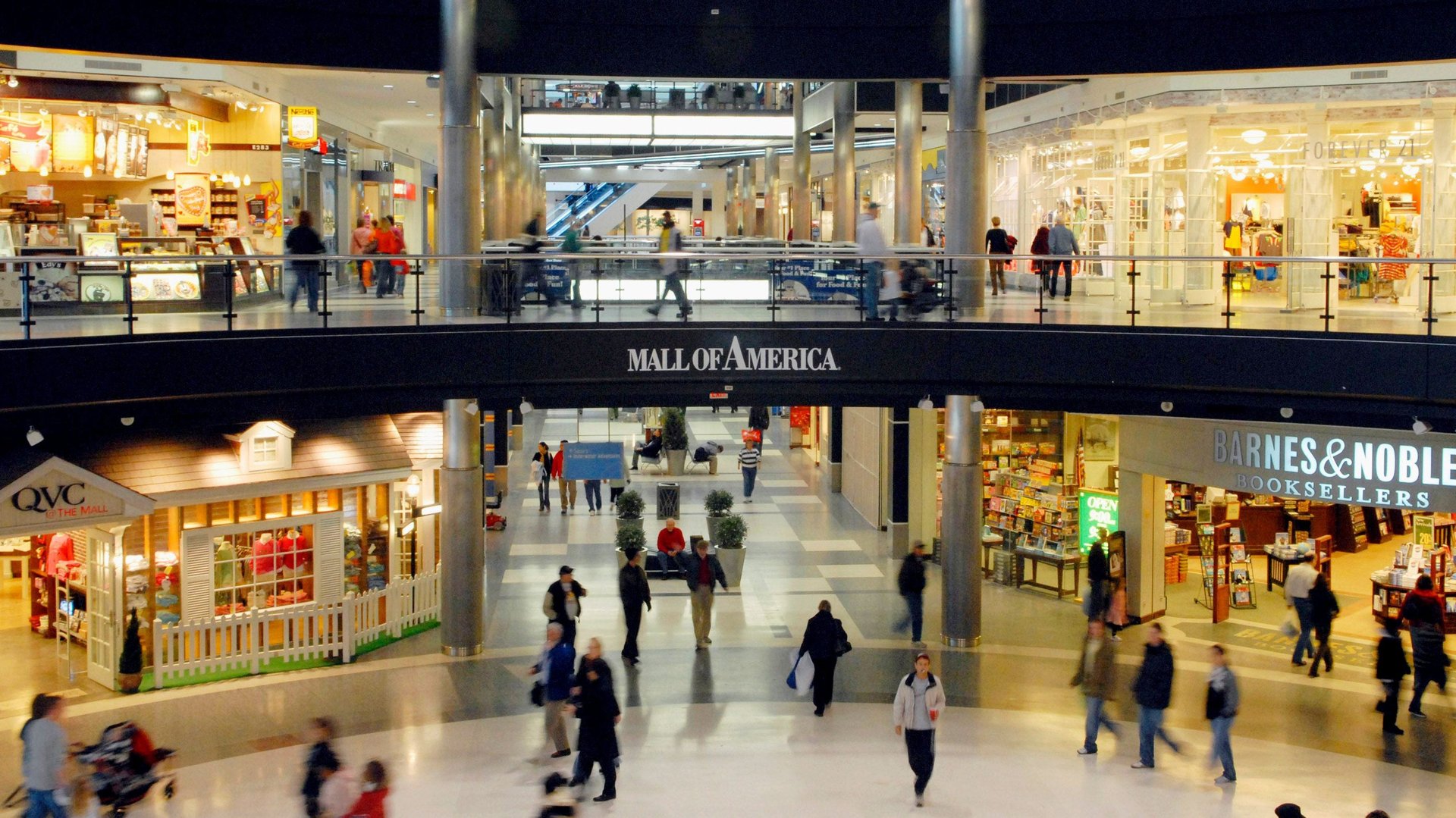The American mall is evolving from a place to buy things to a place to do things
For a sign of how the American mall is changing, look to Planet Fitness. In 2017, the fast-growing budget gym chain leased more new square footage in US malls than anyone else, according to CoStar Group, a commercial real estate research firm. In fact, the amount of square footage leased by gyms and fitness centers in malls has grown 70% since 2013, Footwear News reports, citing CoStar’s data.


For a sign of how the American mall is changing, look to Planet Fitness. In 2017, the fast-growing budget gym chain leased more new square footage in US malls than anyone else, according to CoStar Group, a commercial real estate research firm. In fact, the amount of square footage leased by gyms and fitness centers in malls has grown 70% since 2013, Footwear News reports, citing CoStar’s data.
Gyms are still just a fraction of all tenants, accounting for about 1% of leased space in malls. But their growth points to a broader shift.
Malls used to be the first place many Americans went to buy clothes and other items, often at fashion chains and the giant department stores that anchored them. But while high-end malls in densely populated areas still draw shoppers, most others have been hit by dwindling foot traffic and store closures, especially among the big department stores. Malls are increasingly looking to businesses like gyms, movie theaters, and restaurants to fill in the gaps, turning the mall into a place people go to do stuff and not just shop.
“It’s a way to adapt, to continue to maintain relevance and be able to drive foot traffic in these malls,” says Drew Myers, a consultant at CoStar. “It’s using fitness centers as your anchors, perhaps employing more restaurants, more food and beverage tenants, experiential type retailers—maybe it’s a bowling alley or a brewery.”
A few factors are driving the growth at malls of fitness centers and gyms in particular. One is simply that all the closings of large stores such as Bon Ton, Sears, and Sports Authority are leaving space open, and gyms are seizing the opportunity, particularly in prospering locales. “It seems as other retailers close down, it opens up perfect locations for us,” Dorvin Lively, Planet Fitness’ CFO, told the Wall Street Journal (paywall). Malls have hit their highest vacancy rate in seven years (paywall), driving down rents as retail’s big correction continues.
But it also reflects a shift in where people are spending their money. CoStar’s analysis of US census data shows that over the past decade, retail apparel sales completely stagnated, while health and beauty sales grew more than 34%. Makeup stores like Sephora are flourishing in this environment, as are boutique fitness centers, spin and yoga studios, crossfit gyms, and more traditional large gyms.
A lot of shopping still happens in malls, of course. CoStar finds that discount chains such as Dollar General and Dollar Tree are taking over more space, as are the thriving off-price retailers such as TJ Maxx and Marshalls in the apparel category—more signs of the great bifurcation happening in US retail.
But increasingly, shopping for clothes is what you do at the mall before or after your workout, or dinner. Myers notes that, for the first time, the number of full-service restaurants at US malls is at about the same level as fast-food joints.